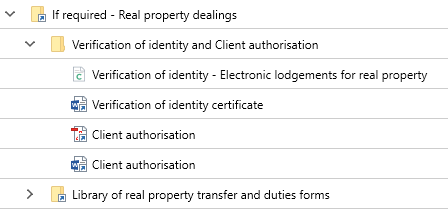The Federal Circuit and Family Court of Australia (FCFCOA) commences operation on 1 September 2021.
The FCFCOA is an amalgamation of the former Family Court of Australia and Federal Circuit Court of Australia.
The new court has two divisions:
- Division 1 is a superior court of record that includes the judges from the former Family Court. It deals with the most complex matters and exercises appellate jurisdiction.
- Division 2 is a court of record that includes the judges from the former Federal Circuit Court, which is the single point of entry for all family law and child support matters.
There is a common set of forms and rules across the two divisions. The Federal Circuit and Family Court of Australia (Family Law) Rules 2021 (the Family Law Rules 2021) apply in all family law matters, except in Western Australia where the Family Court Rules 2021 (WA) apply. Western Australia also has its own dedicated portal – the eCourts Portal of Western Australia.
They provide for the practice and procedure in both divisions of the FCFCOA except for a few matters such as transfer from Division 2 to Division 1 as set out in the Family Law Rules 2021.
The new court’s website is available: www.fcfcoa.gov.au.
A practice direction deals with Transitional arrangements.
Division 2 of the new court also has a general federal law jurisdiction, like the former Federal Circuit Court.
All By Lawyers Family law publications – Children, Divorce, Financial Agreements, and Property Settlement – are being updated for the commencement of the new court. This includes a full review of the:
- commentaries, for the new terminology, procedures and hyperlinks to the new rules;
- matter plans, with a single Going to court folder reflecting the new process; and
- precedents, to incorporate all necessary changes.
There is a 90 day grace period for using the old forms in the new court. The new court forms will be added to the By Lawyers matter plans as they become available.
By Lawyers always keep our subscribers up to date!

